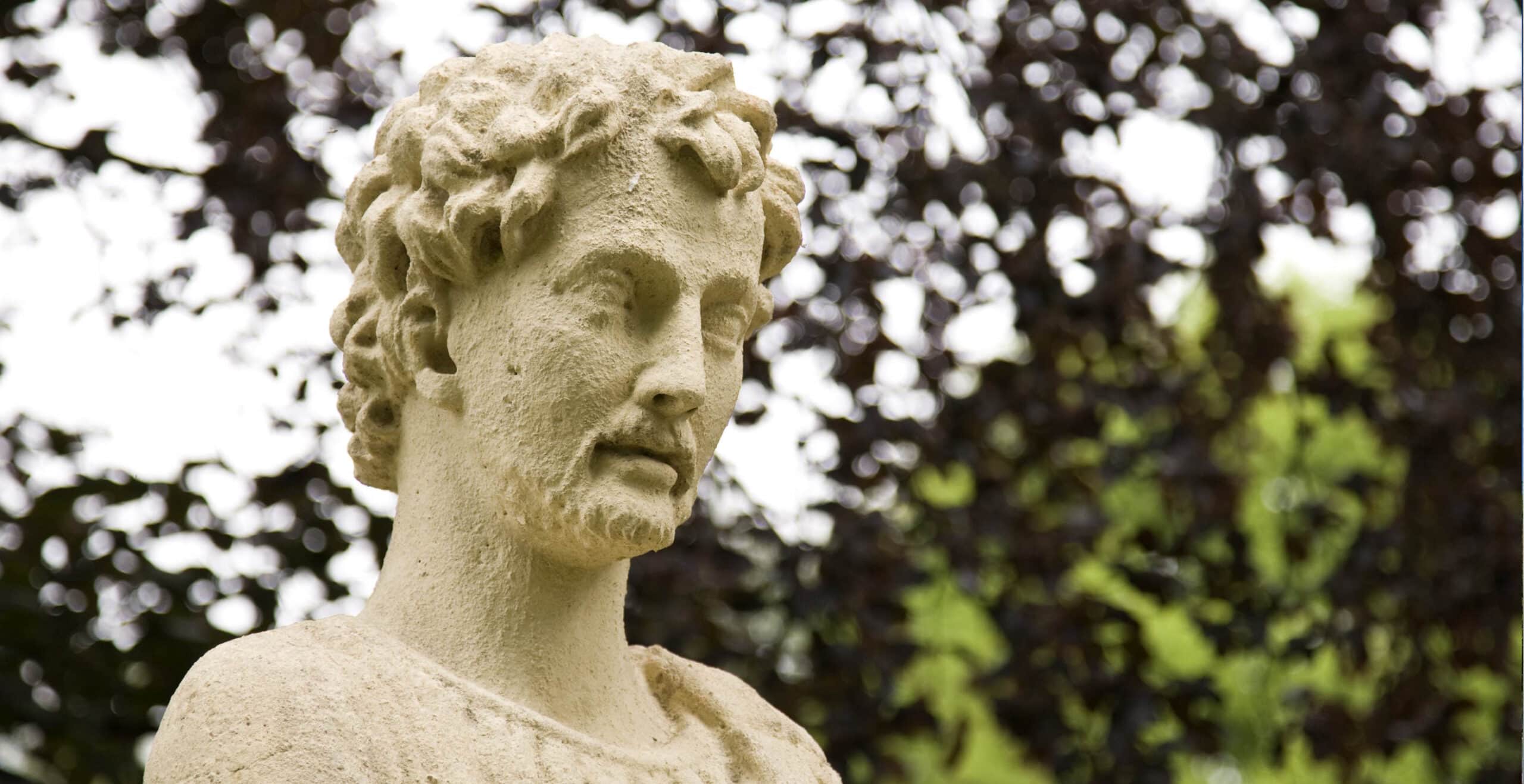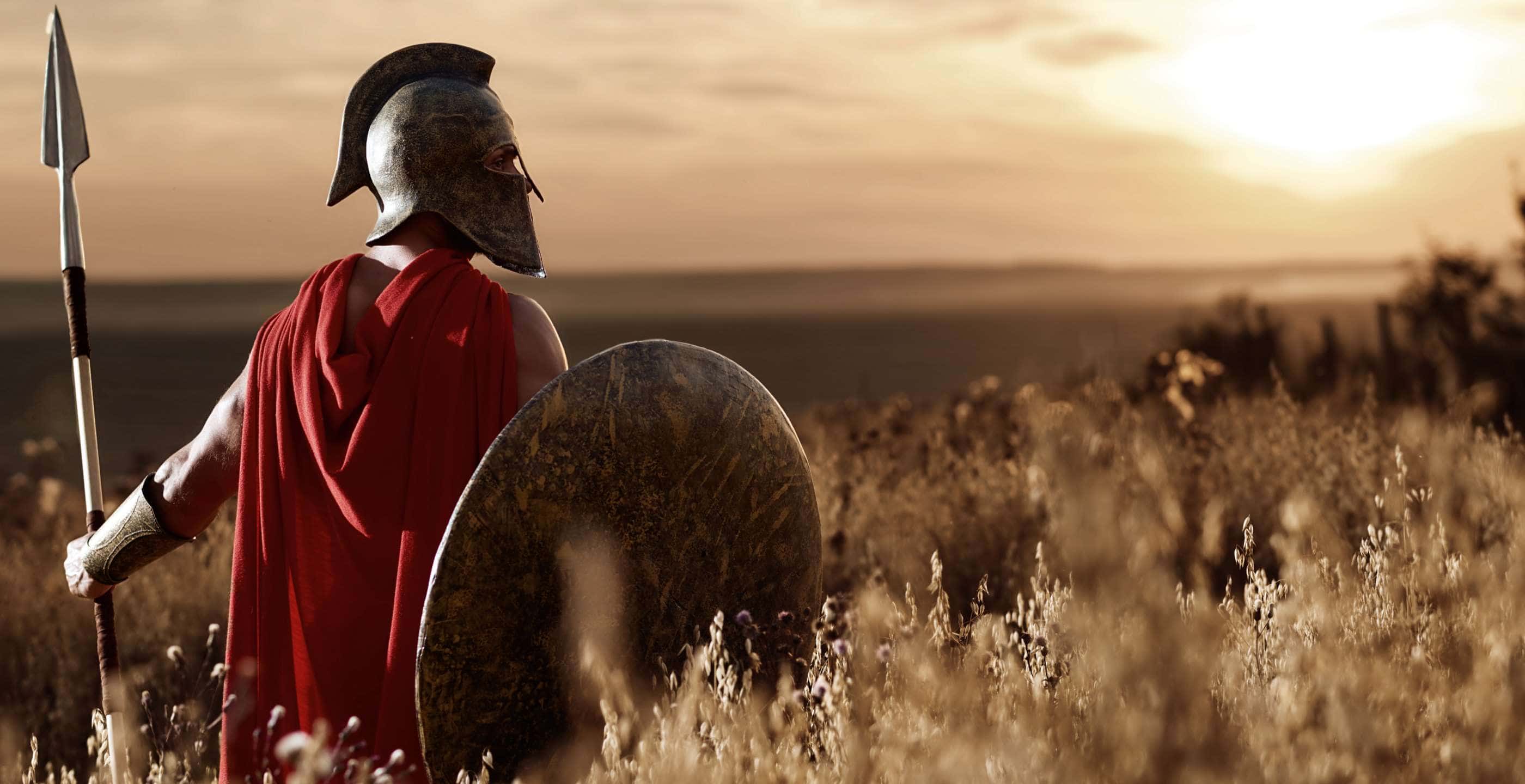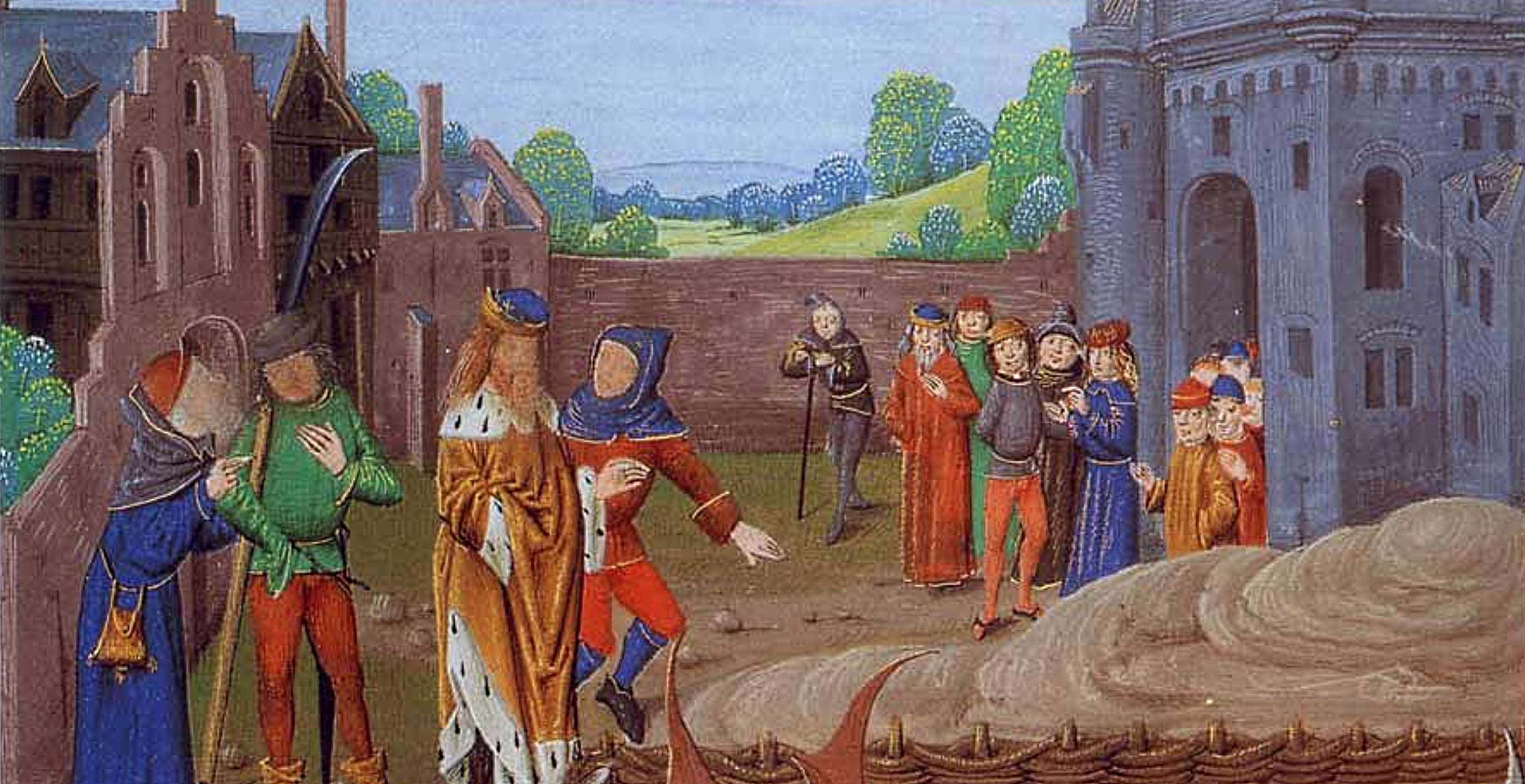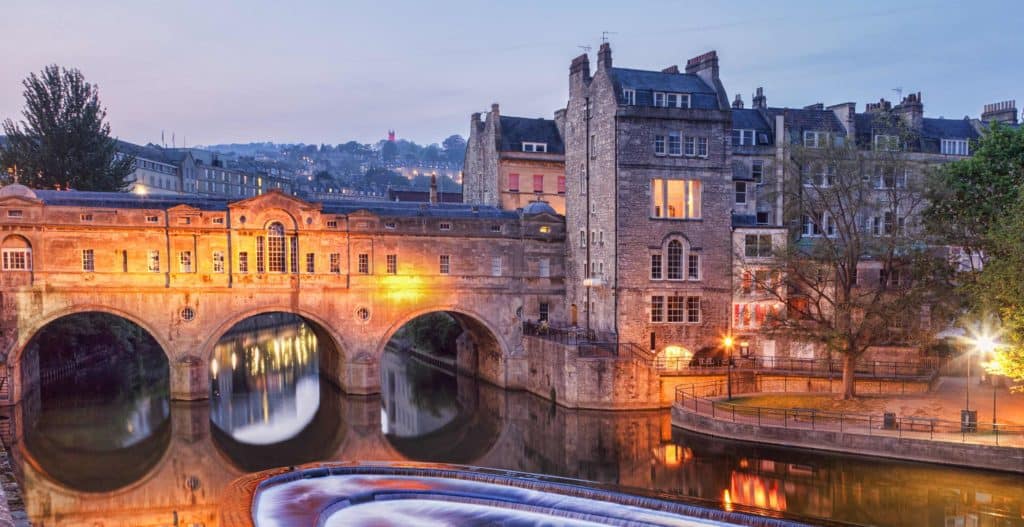While Bath is well-known as a spa town with well-preserved Roman baths, its early history is less familiar to most visitors, but equally fascinating.
The story of the Prince and the Pig is an intriguing rags-to-riches account of the life of a young prince named Bladud (also known as Blaiddyd) who journeyed to Athens to study. During his time in Greece, he unfortunately fell ill with leprosy. On his return, he was shunned by society and after fleeing in disguise, he escaped to the countryside, where he was able to make a simple living as a swineherd.
Two Somerset place names linked to this legend are the village of Swainswick, where Bladud is said to have stayed (swain is an Anglo-Saxon word for a swineherd or shepherd) and Swineford, where he crossed the River Avon with his pigs, in search of acorns for animal fodder.
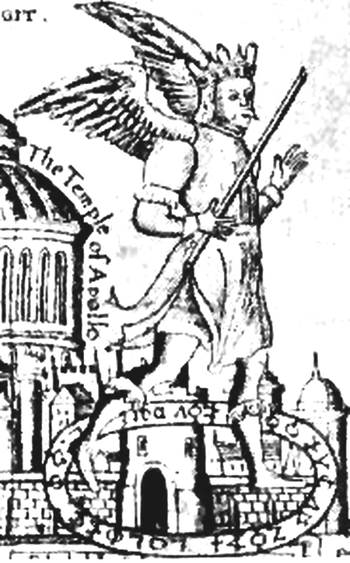
While tending his herd, Bladud noticed that after the pigs bathed in black mud from a particular stream, they were healed of any skin conditions. He bathed in the mud himself and found that he was cured of leprosy. In gratitude for this miraculous turn of events, Bladud returned to share his new-found knowledge of the healing waters, founded the town of Bath in 836BC/BCE and was crowned the ninth king of the Britons.
His kingdom was dedicated to a Celtic goddess called Sul and this name was later adopted by the Romans, who named the city Aqua Sulis; the Waters of Sul. The naturally warm waters are rich in minerals, which give them their therapeutic qualities. Built in 70 AD/CE, the Roman baths at the Pump Room in Abbey Church Yard contain hot springs which can reach a temperature of 46 degrees Centigrade.
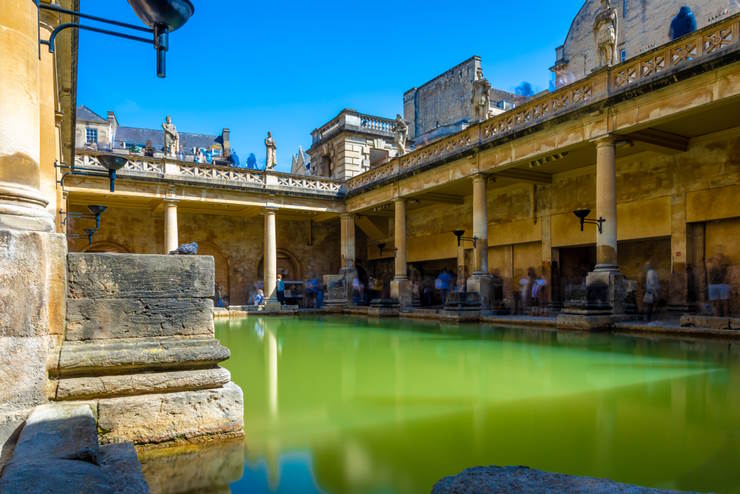
According to another rather curious legend, Bladud began to dabble in the dark arts and while communing with the spirit world, heard voices which convinced him that he could fly. He fashioned wings from feathers, climbed to the top of the tallest building he could find, took a great leap and inevitably fell to his death.
The tale is reminiscent of the ancient Greek myth of Icarus, the son of Daedalus, who made himself wings and flew too close to the sun. The beeswax Icarus used to glue the feathers together melted in the sun, causing him to fall into the sea and drown.
In his 12th century Historia Regum Britanniae (History of the Kings of Britain) the author Geoffrey of Monmouth describes the building Bladud jumped from as the Temple of Apollo, the sun god. The temple was built by the Romans in London and later destroyed, possibly during an earthquake. While Monmouth consulted local records for information, he was known to embellish his stories, so his accounts are not historically reliable and often sit halfway between fact and myth.
Bladud was succeeded by his son Leir, who is sometimes credited with founding the city of Leicester. The king had three daughters, and after his death, his youngest daughter, Cordelia, ascended the throne. The tale of Leir and his daughters’ ferocious sibling rivalry provided the inspiration for Shakespeare’s tragedy King Lear.
A statue in honour of Bladud can be seen in Parade Gardens in Grand Parade, Bath. The life-size stone statue of the prince dates from 1859 and after being kept in storage for many years, was renovated and moved to the gardens in 2009. The statue of a pig, carved from Bath stone, was added at the same time.
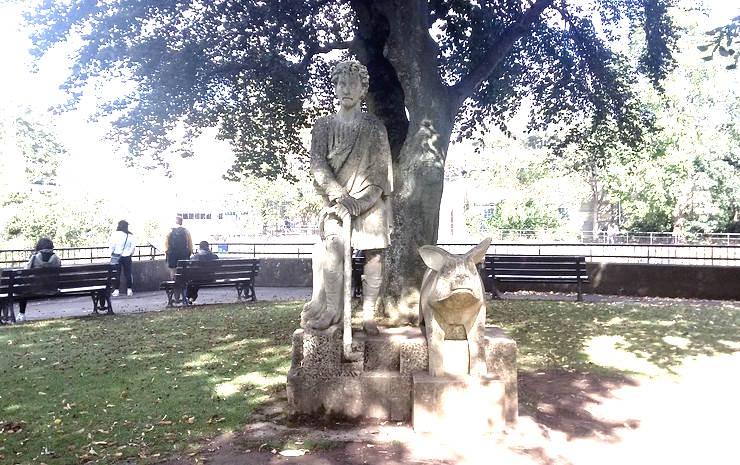
Situated alongside the River Avon, Parade Gardens are partly private and part-owned by the council. A small entrance fee is payable to visit the gardens.
An eighteenth-century stone relief in honour of Bladud can be found at the Cross Bath, an open-air thermal pool at Thermae Bath Spa. Coins featuring the king’s portrait are among the items in the Roman Baths collection of archaeological finds.There is also a pub named after him- the Bladud’s Head in Larkhall, a Grade II listed building built in 1858.
Angela Lord is a freelance writer based in Surrey. She studied Modern Languages at university, trained as a newspaper journalist and has a particular interest in the English language and its history. Currently writing on arts, culture and travel.
Published 22nd October 2023
